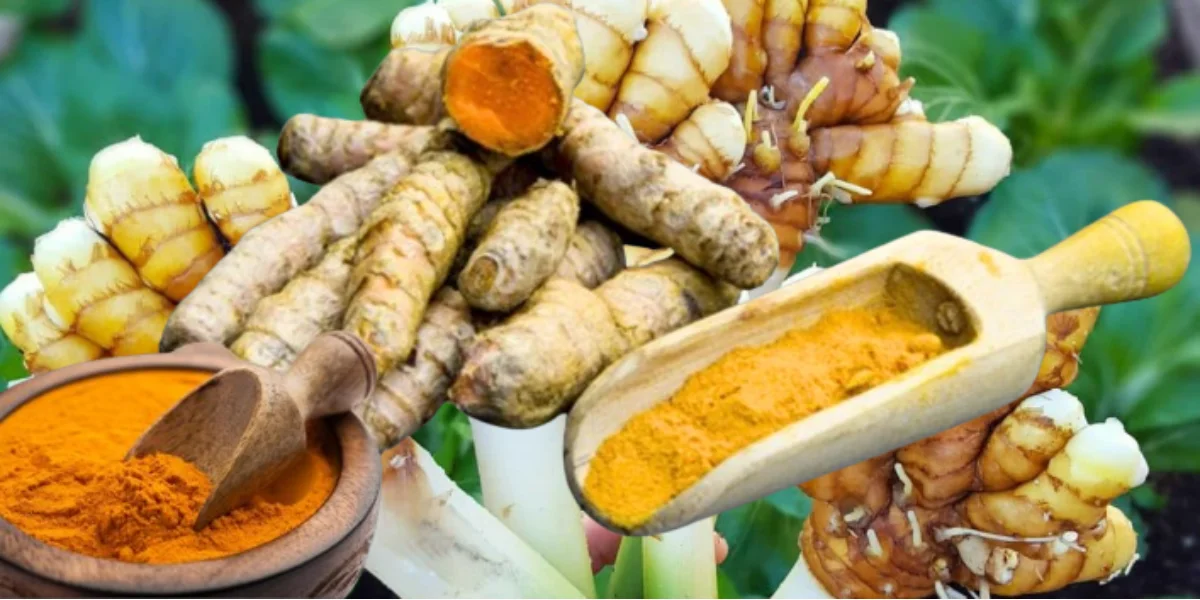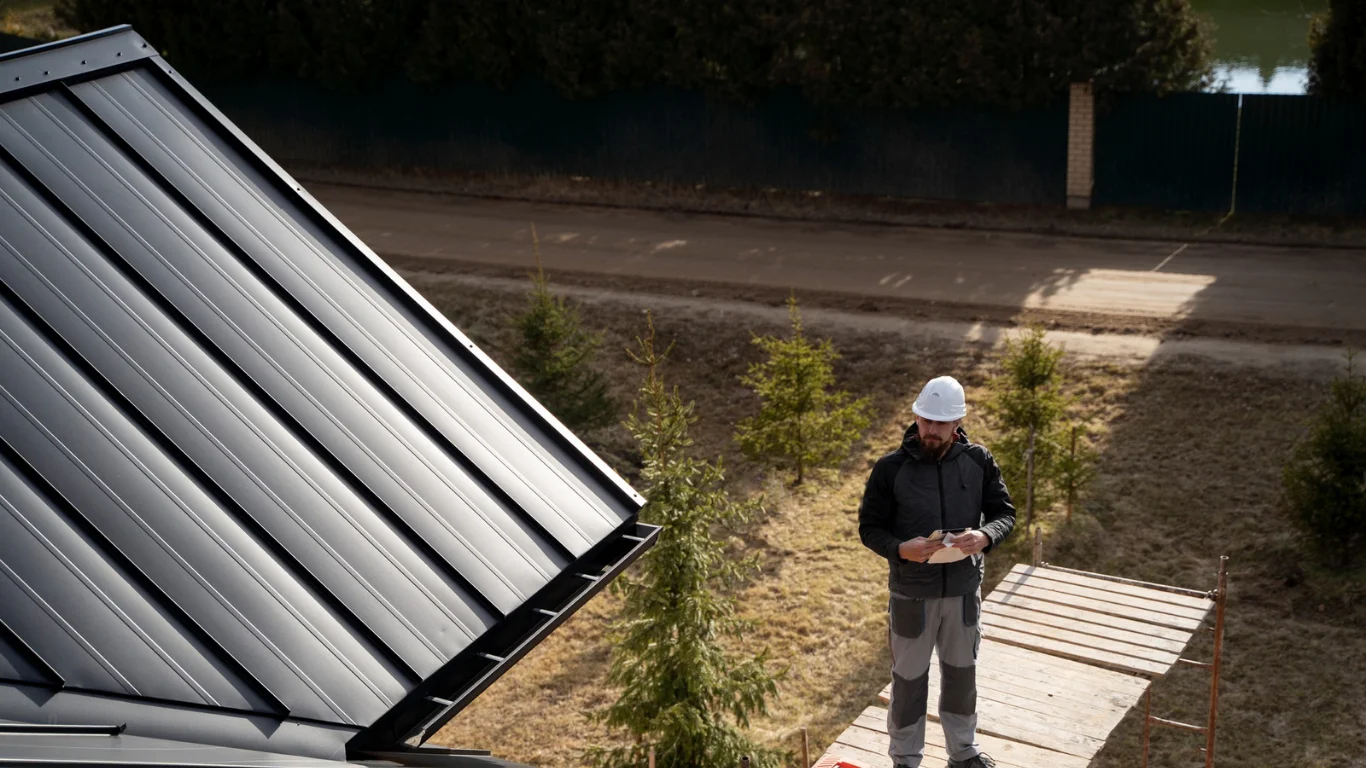Most people know about the powdered form of turmeric (curcuma longa) but don’t know about the turmeric plant and how to grow turmeric. It is very easy to grow turmeric and it does not take much effort of a gardener. So, in this article, we are discussing how to grow turmeric in a better and easy way.
How To Grow Turmeric
Turmeric is a perennial herb and it is closely related to ginger. It can grow best in warm climates and it needs a humid soil to grow. You can grow turmeric in pots or containers or direct it to the ground. Most of the plants require seeds to grow but turmeric grows from the rhizomes that are available on market stores. You can purchase rhizomes and grow these into the soil.
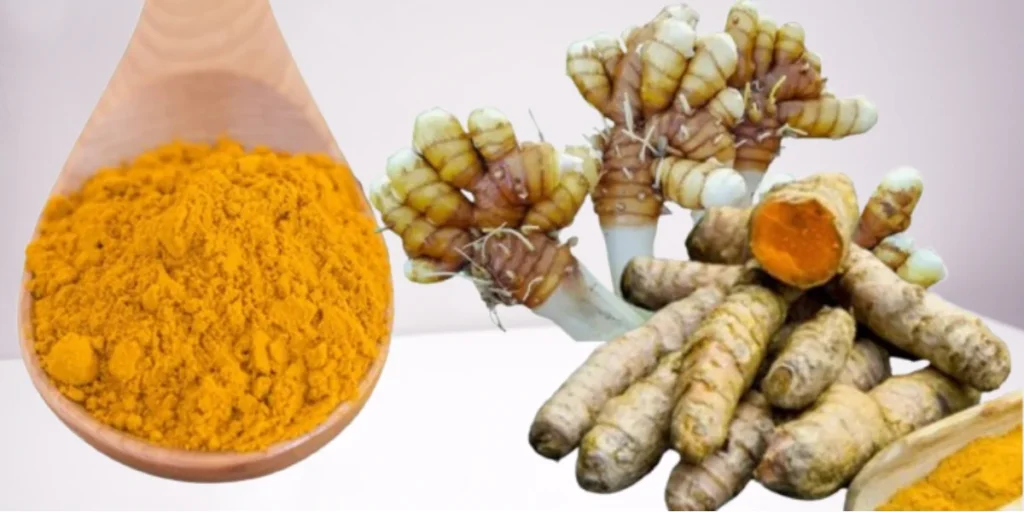
But the question is how do you plant turmeric? First of all, take rhizomes and cut out the roots about 1 inch and place it at about 6 to 8 inches in ground or 4 to 6 inches in containers. It is very necessary that your soil must be humid. After planting the turmeric, you should keep the soil moist and protect the soil from the sun and in containers you should keep it into midday shade.
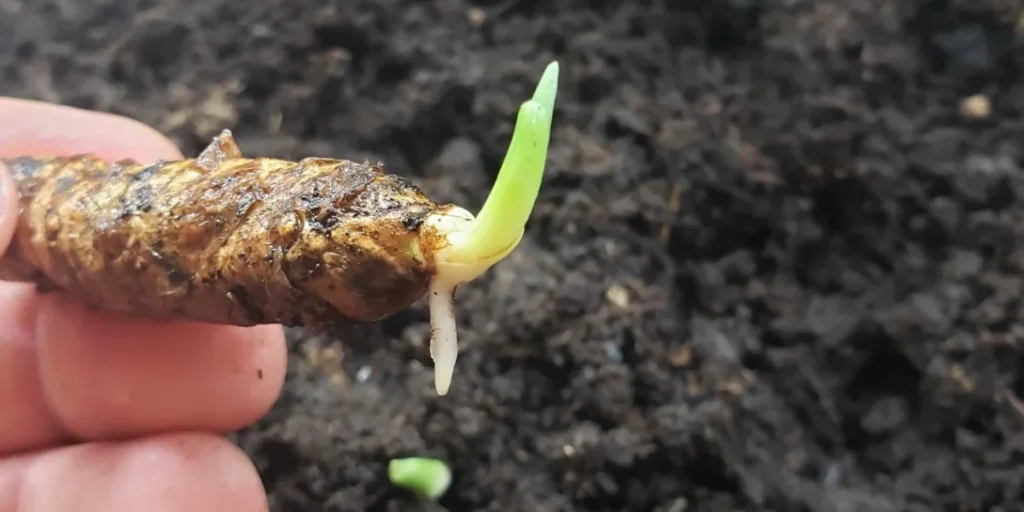
After some days or weeks, you notice that the shoots will appear on the ground or container. Then it needs full care and you should also keep the soil moist. Turmeric takes 8 to 10 months to fully grow from planting to harvest.
Conditions To Grow Turmeric
For knowing that how to grow turmeric in better way, then several conditions are necessary:
- Your soil should be moist and humid.
- A warmer climate(68°F to 86°F is necessary for growing turmeric.
- Enough space is also necessary for rhizomes to spread.
- Use fertilizer or compost for essential nutrients.
- Fertilize every 4 to 6 weeks in growing conditions.
How To Care For Turmeric
It is very easy to care for turmeric when you are learning how to grow turmeric. The few steps that are essential are given below;
- First of all, you should plant turmeric in spring.
- You can also plant turmeric in autumn but keep in mind that the roots of turmeric are not frost in winter.
- Keep the soil moist and humid but soggy.
- Turmeric can be grown in USDA zones 8 or higher.
- The pH is required around 6.0 to 7.0.
- Fertilizers and compost are also necessary for best growing turmeric.
- It does not take direct heat from the sun but a warmer temperature is necessary for turmeric.
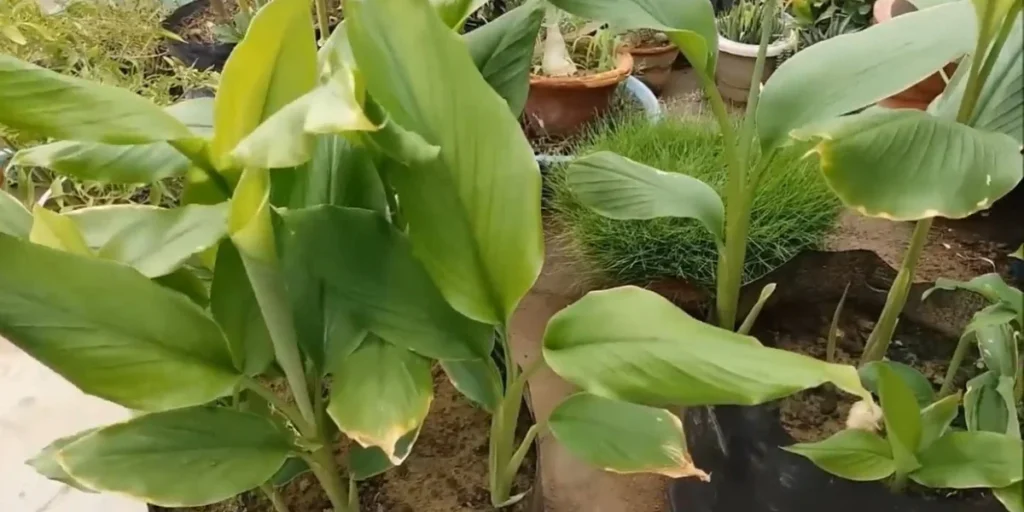
Turmeric Varieties
The turmeric varieties that are best growing and has a better taste are;
- Alleppey finger is most common for its more curcumin content and it has a bright yellow color. Its rhizomes are finger-like and it is very easy to grow.
- Black turmeric (curcuma caesia) derives its name from its dark colored rhizomes and it is mostly used in Asian countries.
- White turmeric (curcuma zedoaria) has pale colored rhizomes. It has a milder flavor and is mostly used in southeast asia.
It is very crucial to understand turmeric varieties while discovering how to grow turmeric.
Turmeric Pest Management
Most of the diseases are not affected by turmeric but some diseases like turmeric leaf spot, root knot nematodes, aphids and thrips can attack on turmeric rhizomes. So in order to fight with these diseases, you must keep the soil moist but not wet. Because wet soil breeds diseases and it is very dangerous for turmeric rhizomes.
Once, if the rhizomes are affected with diseases then it is hard to cover these turmeric. You can also use insecticides and fungicides to avoid the attack of these fungal diseases. You can use healthy soil for the management of pests and don’t use the same place or ground for growing turmeric again.
Turmeric Indoors
Growing turmeric indoors is very easy but takes attention. First of all, you take a much bigger container or pot for the proper development of roots. The pot must be 8 to 10 inches deep and wide. Then plant the rhizomes with the same method as discussed earlier.
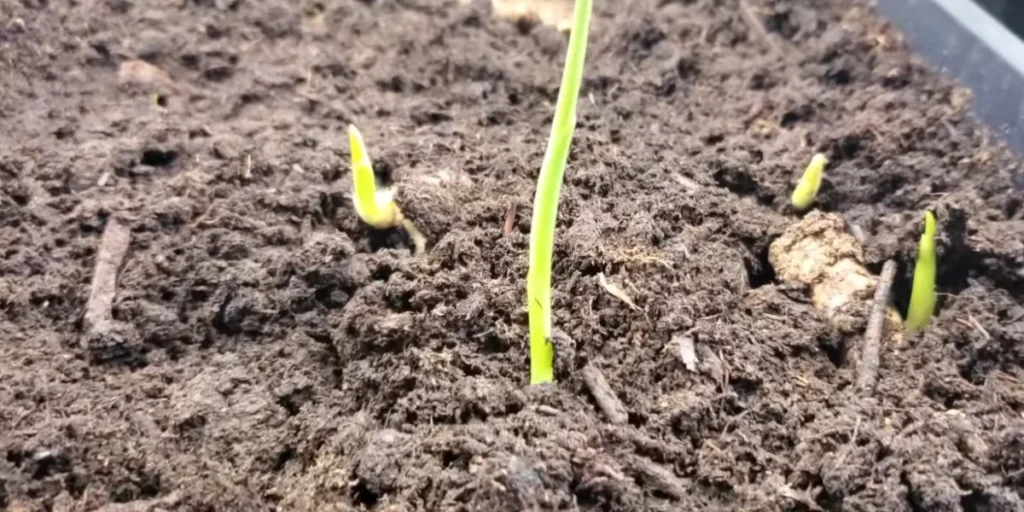
If the natural sunlight is insufficient, then consider using grow lights. The lights should be above 8 to 12 inches to the plant. It takes the same time to grow in pots or containers and harvesting time is also the same. You can use the phosphorus or potassium fertilizers for the proper growth of roots in pots.
After knowing how to grow turmeric, then it is the time to harvest turmeric.
How To Harvest Turmeric
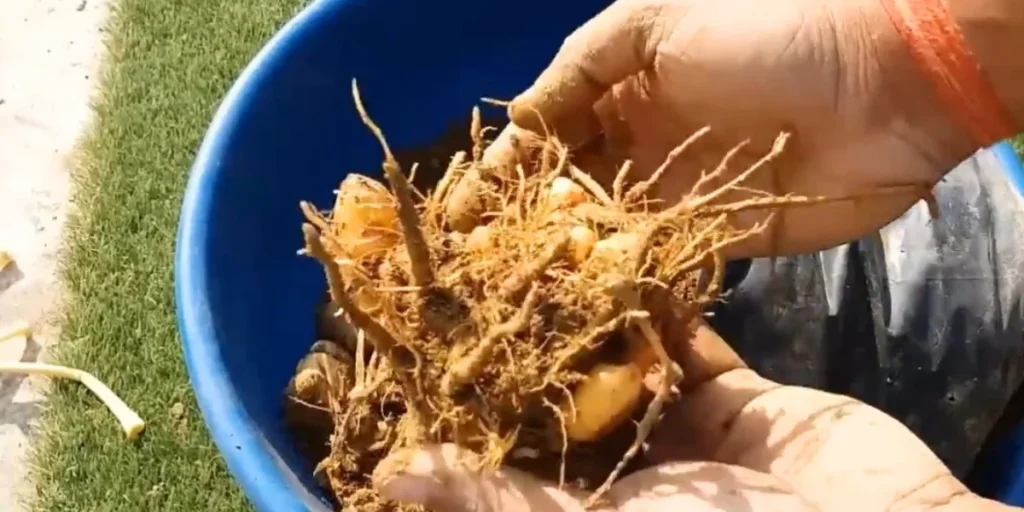
Turmeric takes 8 to 10 months to fully grow. When the leaves turn yellow, then it is the time to harvest turmeric after 8 to 10 months. You can gently dig up the soil and use your hands or trowel for loosening the soil. Once you dig up the soil then gently take out the rhizomes and cut out the extra stalks or stems.
The longer the growing period, the more curcumins have in the rhizomes. Then after this, clean the rhizomes with water and dry out with a towel or anything that you have available. This is the harvesting method that you can use for grounds or pots. After drying, you can store rhizomes for a long time.
How To Preserve Turmeric
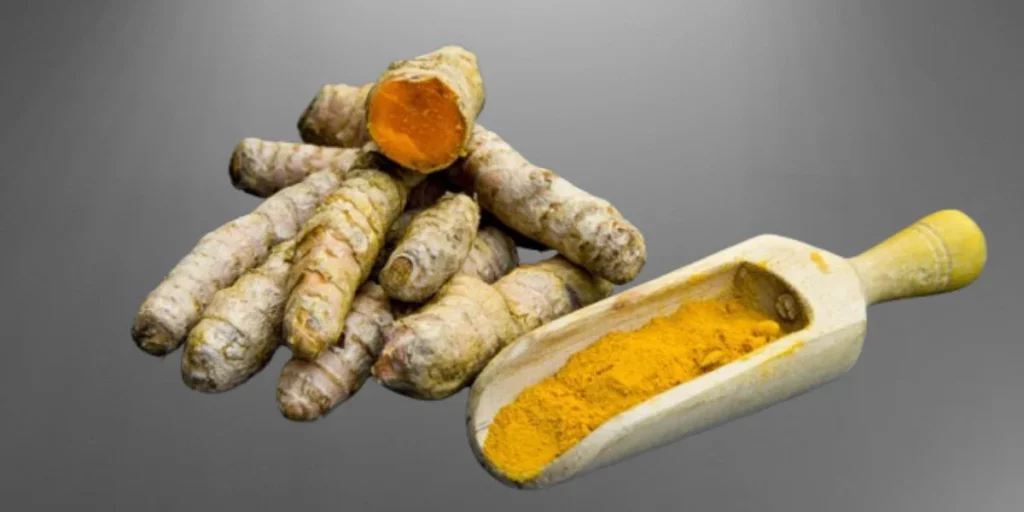
You can preserve or store turmeric in a refrigerator. First, you should put the rhizomes in an airtight jar and then place it in a refrigerator. You can store turmeric for 1 to 1.5 years if you follow these guidelines. So, you should keep in mind that turmeric must be away from sunlight and moisture. If you again plant the rhizomes for next year then some of the rhizomes keep separate and save them for next year.
Turmeric Growing Zones
Turmeric can grow only in warmer climates or USDA zones 8 or higher. If you grow turmeric in winters, then there is a chance for the frosting of rhizomes or roots and turmeric cannot grow in such cases. This plant needs tropical and subtropical climates so it generally grows in warmer climates which stays longer.
Now you have learned successfully how to grow turmeric. Also read following frequently asked questions to know more about turmeric.
Frequently Asked Questions (FAQs)
Turmeric can be grown only in warm and humid climates. You cannot plant them in winter or frosting seasons. It needs a warmer temperature and moist soil to grow.
First of all, take rhizomes and cut the roots about 1 inch and place it about 6 to 8 inches deep in the ground. And then keep the surface moist and give it a warmer climate.
Yes, it is good for plants because it repels pests and insects that damage your plant. It also improves the soil health for the best growth of plants.
It is very easy to grow turmeric at home. Take a pot and place rhizomes 6 to 8 inches deep and keep the soil moist for the best growth. Give the fertilizers to turmeric for proper growth and after 8 to 10 months your turmeric will grow.
